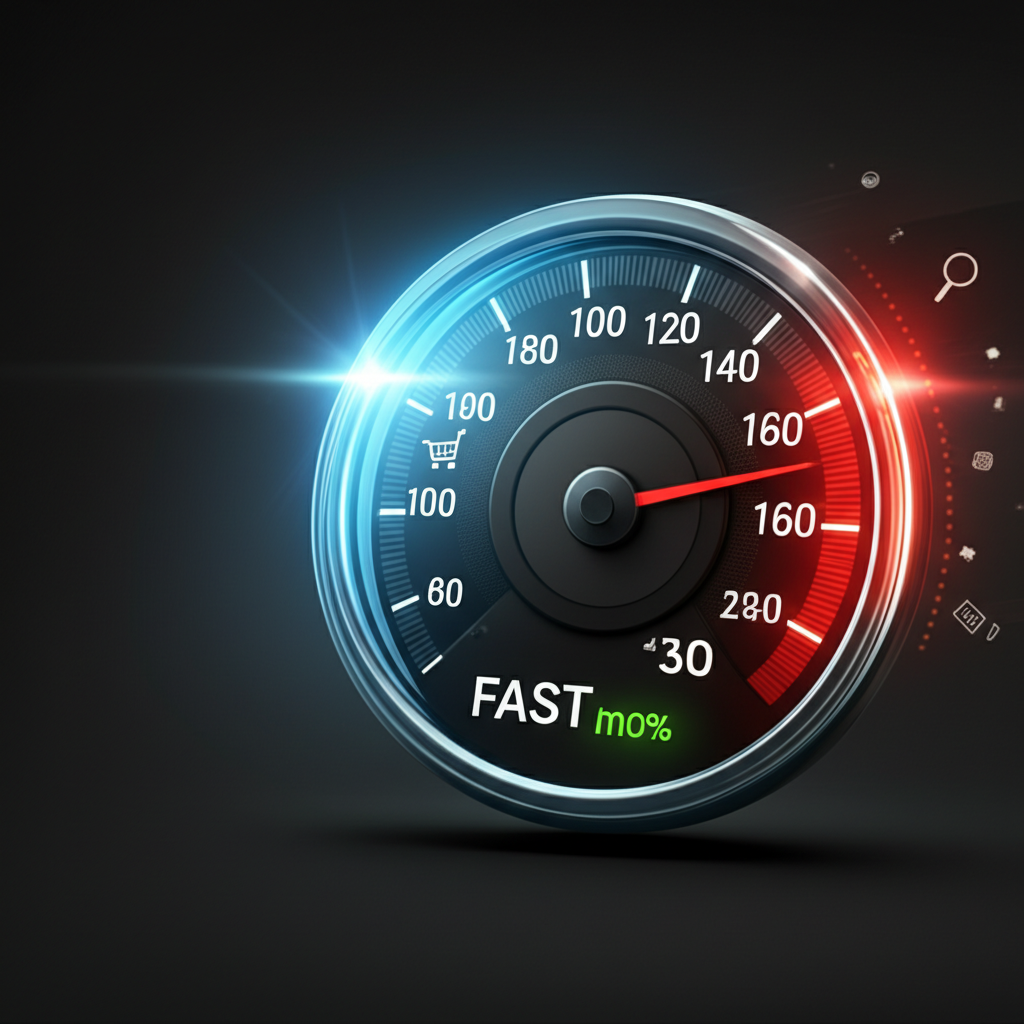- Why Website Speed Matters
- Website Speed and SEO: A Powerful Duo
- Optimizing Website Speed for SEO
- The Impact of Website Speed on Sales
- Boosting Sales through Website Speed Optimization
- Measuring and Monitoring Website Speed
- Conclusion: Prioritizing Website Speed for Success
Website Speed: Crucial for SEO & Sales
Website speed is a critical factor for both search engine optimization (SEO) and sales. In today’s fast-paced digital world, users expect websites to load quickly and efficiently. A slow-loading website can lead to a negative user experience, increased bounce rates, and ultimately, lost revenue. This article will delve into why website speed matters, how it impacts SEO and sales, and provide actionable steps to improve your website’s performance.
Why Website Speed Matters
In the blink of an eye, a user decides whether to stay or leave a website. Slow loading times are a major culprit for high bounce rates, which signify users leaving a site after viewing only one page. This not only impacts immediate sales but also affects long-term brand perception. Users associate slow speeds with unprofessionalism and unreliability, potentially deterring them from returning in the future. Mobile users, who often browse on less powerful devices and slower networks, are particularly sensitive to website speed. A sluggish mobile experience can severely damage your brand’s reputation and limit its reach.
Website Speed and SEO: A Powerful Duo
Beyond user experience, website speed is a crucial ranking factor for search engines. Google, in particular, prioritizes websites that offer a seamless and speedy browsing experience. As part of its Core Web Vitals initiative, Google assesses factors like Largest Contentful Paint (LCP), First Input Delay (FID), and Cumulative Layout Shift (CLS) to evaluate the overall user experience. These metrics measure how quickly the main content of a page loads, the responsiveness of a page to user interaction, and the visual stability of the layout during loading.
Optimizing Website Speed for SEO
To optimize website speed for SEO, consider the following:
Image Optimization: Compress images without compromising quality using tools like TinyPNG or ShortPixel. Utilize appropriate image formats like WebP for better compression and quality.
Caching: Implementing browser caching allows repeat visitors to load pages faster by storing static assets locally.
Content Delivery Network (CDN): A CDN distributes your website’s content across multiple servers geographically closer to users, reducing latency and improving loading times.
Minification: Reduce the size of HTML, CSS, and JavaScript files by removing unnecessary characters and whitespace. Tools like UglifyJS and CSSNano can help with this process.
Mobile-First Approach: Design your website with a mobile-first approach, ensuring optimal performance on mobile devices. Google’s mobile-first indexing makes mobile performance a primary ranking consideration.
The Impact of Website Speed on Sales
The link between website speed and sales is undeniable. A slow website can directly impact conversion rates. Potential customers are more likely to abandon their shopping carts or leave a website altogether if they encounter frustratingly long loading times. Every second of delay can translate to lost revenue, especially for e-commerce businesses. Studies have shown that even a one-second delay in page load time can result in a significant decrease in conversions.
Boosting Sales through Website Speed Optimization
Improving website speed can have a positive ripple effect on sales. By providing a smooth and efficient browsing experience, you can:
Reduce Cart Abandonment: Faster loading times can minimize the chances of customers abandoning their shopping carts due to frustration.
Increase Conversions: A seamless user experience encourages customers to complete their purchases and explore more products.
Improve Customer Satisfaction: A fast and responsive website enhances customer satisfaction, leading to positive word-of-mouth referrals and repeat business.
Measuring and Monitoring Website Speed
Regularly measuring and monitoring your website speed is essential for identifying areas for improvement. Tools like Google PageSpeed Insights, GTmetrix, and Pingdom Website Speed Test provide valuable insights into your website’s performance, including specific recommendations for optimization. These tools analyze various aspects of your website’s loading process and offer actionable suggestions to enhance its speed. By consistently monitoring your website’s performance, you can identify potential bottlenecks and proactively address them, ensuring a smooth and efficient browsing experience for your users.
Conclusion: Prioritizing Website Speed for Success
Website speed is no longer a luxury; it’s a necessity. In the competitive online landscape, a fast-loading website is essential for attracting and retaining customers, boosting SEO rankings, and driving sales. By prioritizing website speed optimization, you can create a positive user experience, increase conversions, and ultimately achieve greater online success. Invest the time and resources necessary to optimize your website for speed; the return on investment will be well worth the effort.











Leave a Reply